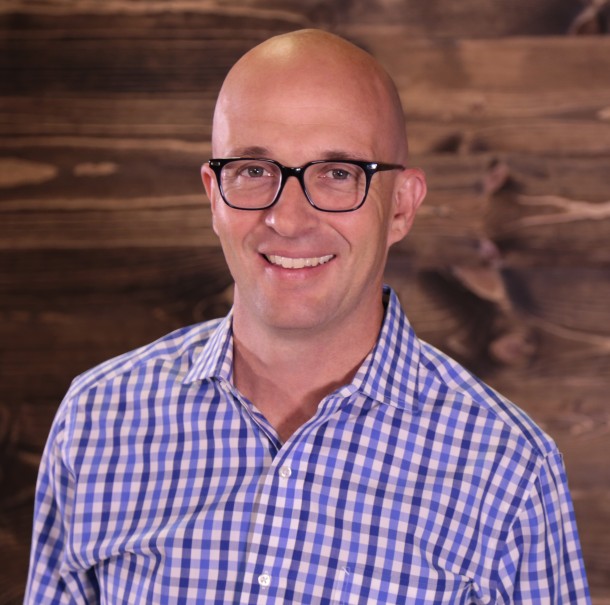Why a Multisite Model with Multiple Preachers

©/ Dollar Photo Club
What’s best for you may not be best for others. That could be true of the following philosophy from Brentwood Baptist Church. However, I wanted to share with you why when Brentwood Baptist chose a multi-site model, we chose not to have video venues, but instead to have live preaching at each campus. Perhaps something from our thinking will resonate as you consider your church’s future.
The multi-site strategy for us took two years of R & D and then time for implementation. A team studied, traveled, and prayed about what God would have for us (this hard work was done before I began serving here). For us, multi-site meant establishing both regional and ministry campuses. At this point, our five campuses are all within middle Tennessee. Each of the four regional sites is within 20 miles of our central campus (Brentwood campus), as is our one ministry campus. And for each of those sites, we have a campus and teaching pastor.
Why we thought live teaching from a pastor was important:
We work hard to avoid the indispensable person.
Everyone is dispensable, and if our campuses were all built on one person’s teaching, we wouldn’t be following this principle. Secondly, we ascribe to the belief we could all get hit by a bus, anytime. Our senior pastor is a great communicator and could be an attraction to people, whether they heard him live or via video. But like all men, he’s susceptible to being hit by a Mack truck (heart attack, cancer, or any other event that would suddenly take him away indefinitely). If he had a prolonged absence, we have other pastors who know our church and our sermon series who could easily fill in the gap.
We believe in developing pastors.
A part of developing pastors is allowing for real-time experience. Having multiple campuses with multiple teaching pastors allows for this critical development. Paul told Timothy to be equipped to preach “in season and out of season” and the only way you learn that discipline and skill is by preaching consistently.
We believe in sermon collaboration.
Each week, our campus pastors join our senior pastor and our language pastors for a preaching team meeting. Each pastor is preaching the same sermon series from the same scripture passage, and they all agree on the main points (“big rocks”) to be taught to each congregation. Each pastor then is trusted with contextualizing his sermon for their congregation, and preaching in his own voice. But this allows for collaboration, which often results in a better product. The pastors share the work of research, stories, and they can test presuppositions or sermon ideas amongst each other.
We know it’s more difficult to “pastor who you can’t see.”
Our senior pastor Mike Glenn made this remark. In our context, he made that comment after one of our campuses had experienced unprecedented heartache for a sustained season. There had been multiple deaths at one of our regional campuses, many of which were unexpected. The campus and teaching pastor Jay Strother needed to address these tragedies from his pulpit. It wouldn’t have worked to have Mike address that in a simulcast to multiple campuses, but it was right to do it at that campus – and our model allowed for that.
In this same vein, our Pastor has said, “There’s a difference between preaching… and preaching to people you know and love.”
We value high trust.
Our model requires our senior pastor to have high trust in our teaching pastors. This means the teaching pastors have to earn that trust. This trust allows each pastor to teach the sermon in his own voice. We have built in accountability, but the non-formal accountability comes through the building of trust.
This past week, our sermon bumper for a new sermon series featured our teaching pastors introducing the series, and our senior pastor then speaking about the multiple teaching dynamic. You can view this clip here.
Drawbacks to our model:
- Ego issues.
Not that every pastor who simulcasts their sermon to offsite venues is egotistical, but if you’re a senior pastor who doesn’t have a consistent voice “to his congregation,” it’s going to hurt the ego. There’s a large number of our church membership who have never met or even heard our senior pastor preach live (we do an annual vision Sunday which is simulcast). A mature Christian can deal with this ego hit, but it’s a factor to consider. - It’s resource heavy.
Technology to transmit video to campuses isn’t cheap – but for the most part, that’s a one-time capital expense. But to attract and keep a qualified campus and teaching pastor at each site requires an annual salary, every year. - DNA alignment.
Multiple voices can lead to multiple visions, and we have to guard against that. We work hard to keep “DNA alignment” between our campuses. Even at our best, we run the risk of not having church-wide alignment, but we believe it’s worth the risk. We’ve put multiple layers of accountability in place to mitigate this multiple voice/vision scenario. - Campuses leaving.
A successful church with a charismatic preaching pastor has a higher risk for desiring to become their own church… to be autonomous. We acknowledge that risk, but also acknowledge that calling it a risk is not always accurate. As a church, we know the reality of a campus wanting to become autonomous is possible – but if that reality happened, it might prove to be best for all involved. Therefore, it’s not a risk at all.
As a free resource, on my resource page I’ve included a “points of excellence” document our preaching team developed. It outlines what is common DNA and expectations for teaching at any campus or venue. This is one way we alignment for our preaching.

Get Posts Delivered to Your Inbox
Join my mailing list to receive all my blog posts in your inbox and other special subscriber-only content.
